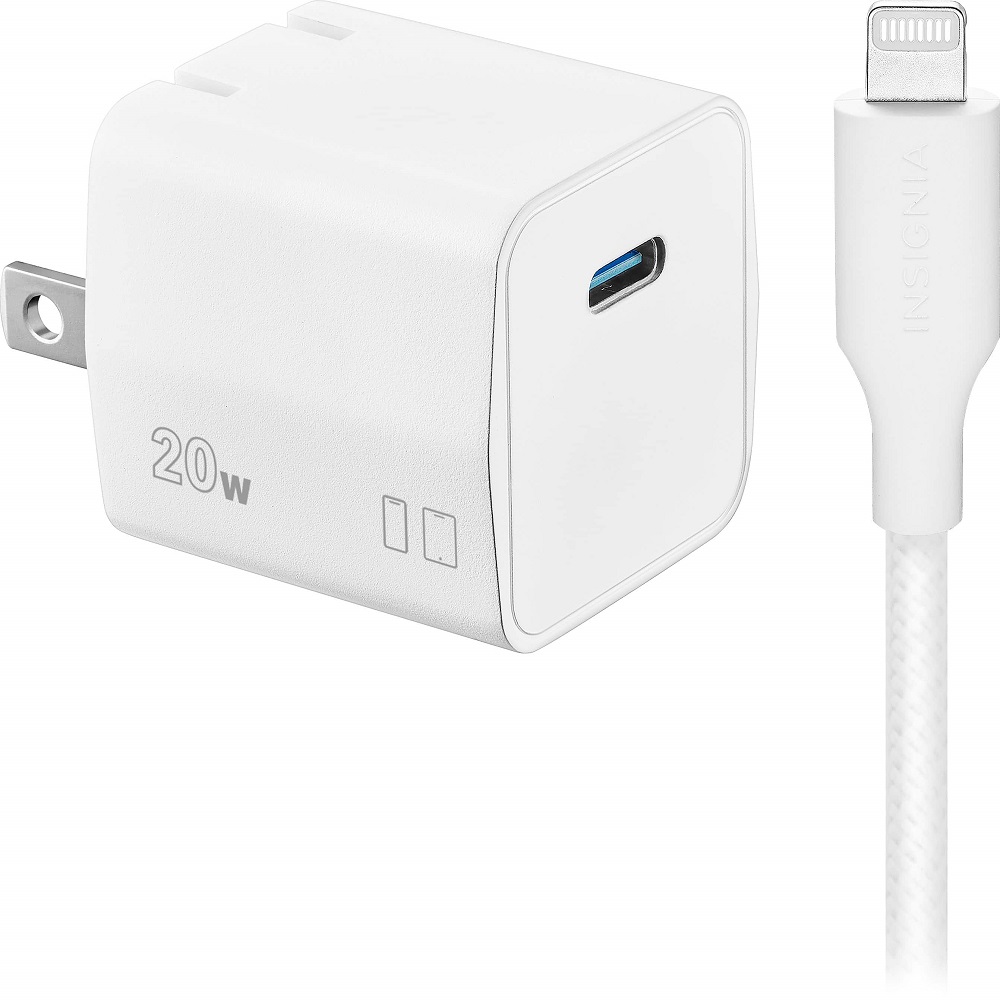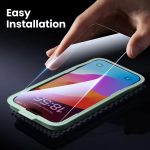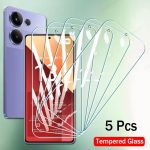Introduction to USB C and Its Benefits
USB C represents the latest advance in universal connectors. It’s small, reversible, and fast. The design of a USB C plug allows for a universal orientation, which means there is no upside-down. You can insert it any way and it fits perfectly. This feature alone greatly enhances user experience by eliminating the frustration of traditional USB plugs.
Beyond ease of use, USB C chargers support faster power delivery compared to older USB types. This translates to quicker charging for your devices. Whether it’s your smartphone, tablet, or laptop, the USB C charger can power them up at impressive speeds. Not only does it charge devices, but it also transfers data rapidly.
USB C also supports a variety of protocols using alternate modes. This means a USB C port can serve not only for charging but also for other functions. For example, it can output video to a display, transfer files at high speeds, and even provide power to other devices.
In terms of compatibility, most new devices come with at least one USB C port. This widespread adoption has made it easier for people to use one cable for multiple devices. Thus, reducing clutter and the need to carry different cables for different devices.
The benefits of USB C extend to consumers as well as manufacturers, leading to a universal charging solution. Its design is future-proof and is set to become the standard for new devices. Incorporating a USB C charger into your tech ecosystem is a smart move for simplicity and efficiency. It’s clear that USB C is here to stay, and its prevalence will only continue to grow.
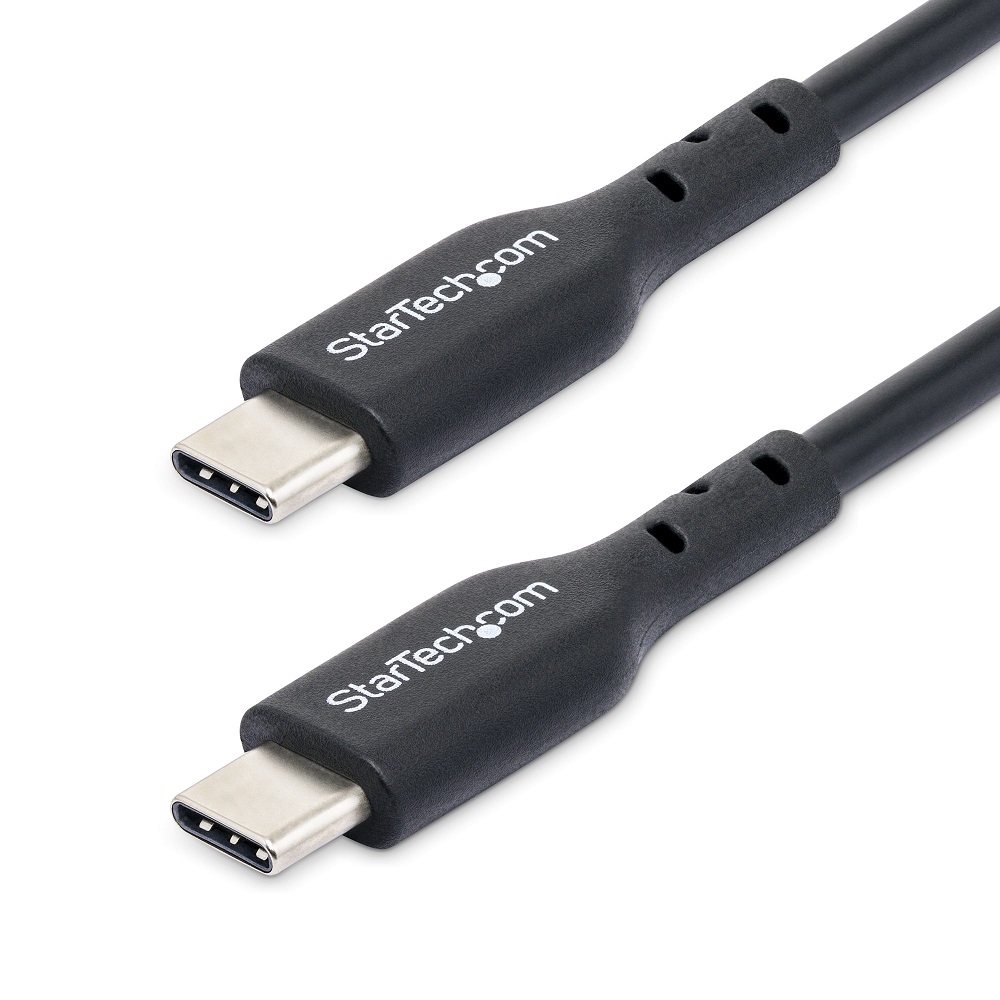
Evolution of USB Standards and USB C’s Role
The USB standard has evolved significantly over the years. It started with USB 1.0, which emerged in the mid-90s, providing a basic level of connectivity and data transfer. As technology advanced, so did USB standards, progressing through USB 2.0 and USB 3.0, each enhancing speed and power capacity. USB C is the latest advancement in this series. Unlike its predecessors, USB C offers a new, reversible connector that eliminates the usual struggle of plugging in a USB cable the right way up.
USB C’s role extends beyond basic charging and data transfer. It supports ‘alternative modes’ that allow it to carry signals for video and other types of data, making it versatile in various technology applications. It has been quickly adopted by manufacturers looking to simplify connectivity and enhance performance. As a result, USB C is becoming the norm for new devices, pushing older USB standards to the background.
The introduction of USB C represents a significant leap towards universal compatibility. It aims to replace multiple cables and connectors with a single type, simplifying the user experience. For many users and manufacturers, USB C is a step towards a more streamlined, efficient future in technology connectivity. Its role is pivotal in the current evolution of USB standards.
Identifying Compatible Devices for USB C Chargers
As technology progresses, identifying which devices support USB C chargers becomes crucial. To enjoy the benefits of USB C, you need a device with a compatible port. Here’s a straightforward guide to determine if your gadget supports USB C charging.
First, look for the USB C port itself. It’s smaller and more oval-shaped compared to older USB ports. If you spot this, you’re off to a good start. Next, inspect the device’s specifications. Manufacturers list the types of USB ports in product details. Also, check for the USB C logo or mention in the user manual or on the packaging.
Remember, just having a USB C port doesn’t guarantee compatibility with all USB C chargers. Some devices require chargers with certain power outputs. It’s wise to verify the charger’s output and the device’s required input to ensure they match.
Lastly, consider the device’s generation. The latest smartphones, tablets, laptops, and many other gadgets now include USB C ports. However, older models might not. If you have a device that’s a few years old, check for USB C before assuming it’s present.
By following these steps, you can quickly identify which of your devices can benefit from a USB C charger. Keep in mind the keywords of ‘compatible port’, ‘specifications’, and ‘power requirements’ when you check each device, and you’ll be set for a streamlined charging experience.
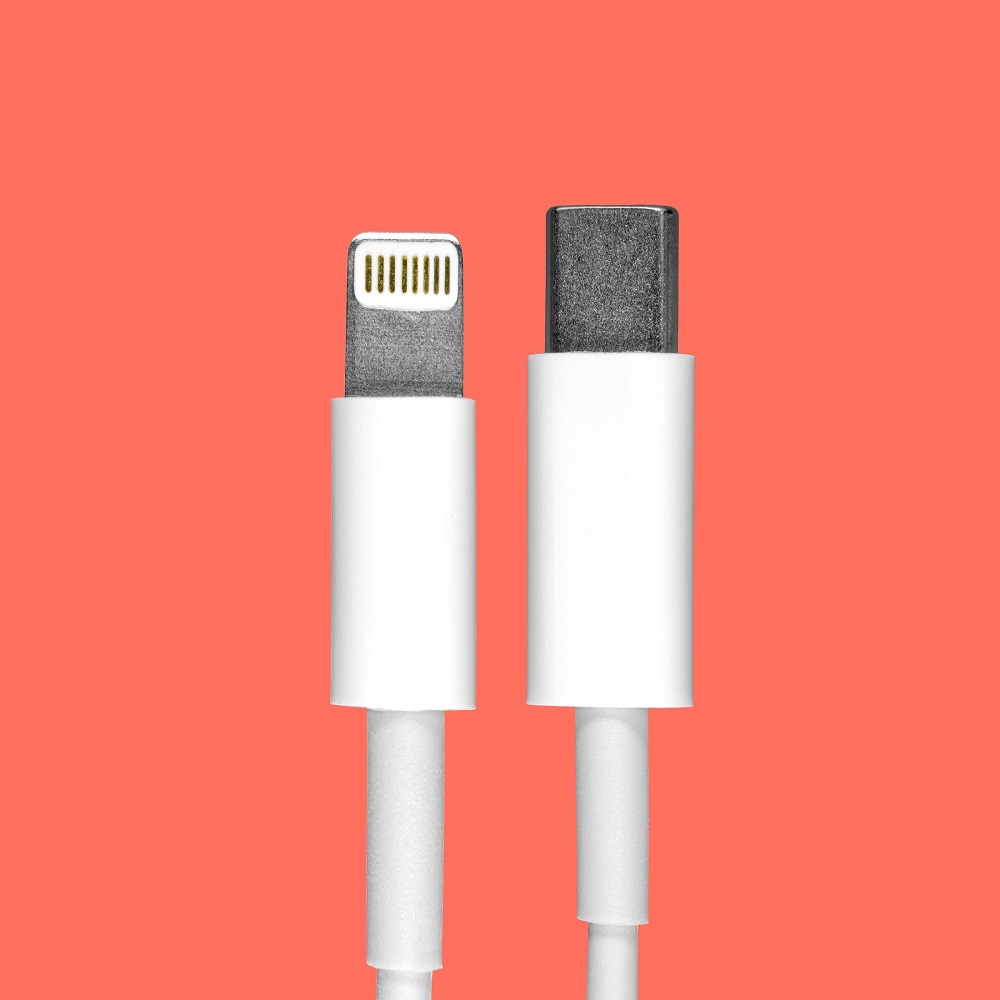
Exploring Device Categories
The world of electronics is vast, and USB C chargers are becoming integral parts.
Smartphones and Tablets
Most new smartphones and tablets feature USB C ports. They support fast charging and quick data transfer. Major brands like Samsung, Apple, and Google have embraced USB C. This means you can charge these devices rapidly with a compatible USB C charger.
Laptops and Ultrabooks
Laptops, especially ultrabooks, are increasingly adopting USB C charging. Brands like Dell, HP, and Lenovo offer models with USB C. This makes charging convenient and unifies charger types across devices.
Gaming Consoles and Controllers
Modern gaming consoles and controllers often have USB C ports. The Nintendo Switch, for example, charges via a USB C port. Controllers for PlayStation and Xbox have also started to include USB C for easier charging.
Other USB C-enabled Devices
There are also cameras, headphones, and even drones that use USB C for charging. The industry is shifting towards USB C to simplify connectivity and provide faster charging options.
When looking for compatible USB C chargers, check device categories and specifics. This ensures a smooth, fast charging experience with all your digital devices.
How to Check Device Specifications for USB C Charging
To ensure your device can be charged using a USB C charger, check its specifications carefully. Start by locating the port type on your device; it should be smaller and oval-shaped if it’s USB C. This is the simplest physical verification.
Next, dive into the device’s user manual or product detail page online. Look for mentions of ‘USB C’ specifically. Sometimes, devices outline the exact version of USB C supported, which is crucial for compatibility purposes.
Also, pay attention to the power requirements listed for your device. These are usually found in the technical specifications section. It will tell you the necessary power input, which needs to match the output of your USB C charger.
In the case of online shopping, product descriptions and user reviews can also be insightful. They often mention charging standards and experiences with specific chargers. Keep an eye out for this information to avoid buying an incompatible charger.
By taking these steps, you can confidently charge your devices while maximizing the benefits of USB C technology.
Understanding Power Delivery (PD) and Charging Speeds
Power Delivery, or PD, is a charging standard for USB C devices. It allows for faster charging by delivering more power to the device. Here’s a simple rundown of how it works and why it matters:
First, PD can charge your devices quicker than traditional methods. It does this by adjusting the power flow to meet the device’s needs. This means your phone, laptop, or tablet can get to full charge in less time.
Next, PD has different power levels. A charger can offer up to 100 watts of power. Keep in mind, not all devices can handle the highest levels. Make sure to check what level of power your device supports.
PD also supports backward compatibility. This means you can use a PD charger with older USB standards, but the charging will be slower.
Lastly, it’s important to use a certified USB C charger. This ensures you get the right power level and protect your device from damage.
By understanding PD and charging speeds, you can pick the right charger and charge fast. Just remember, your device’s specs and charger capability are key.
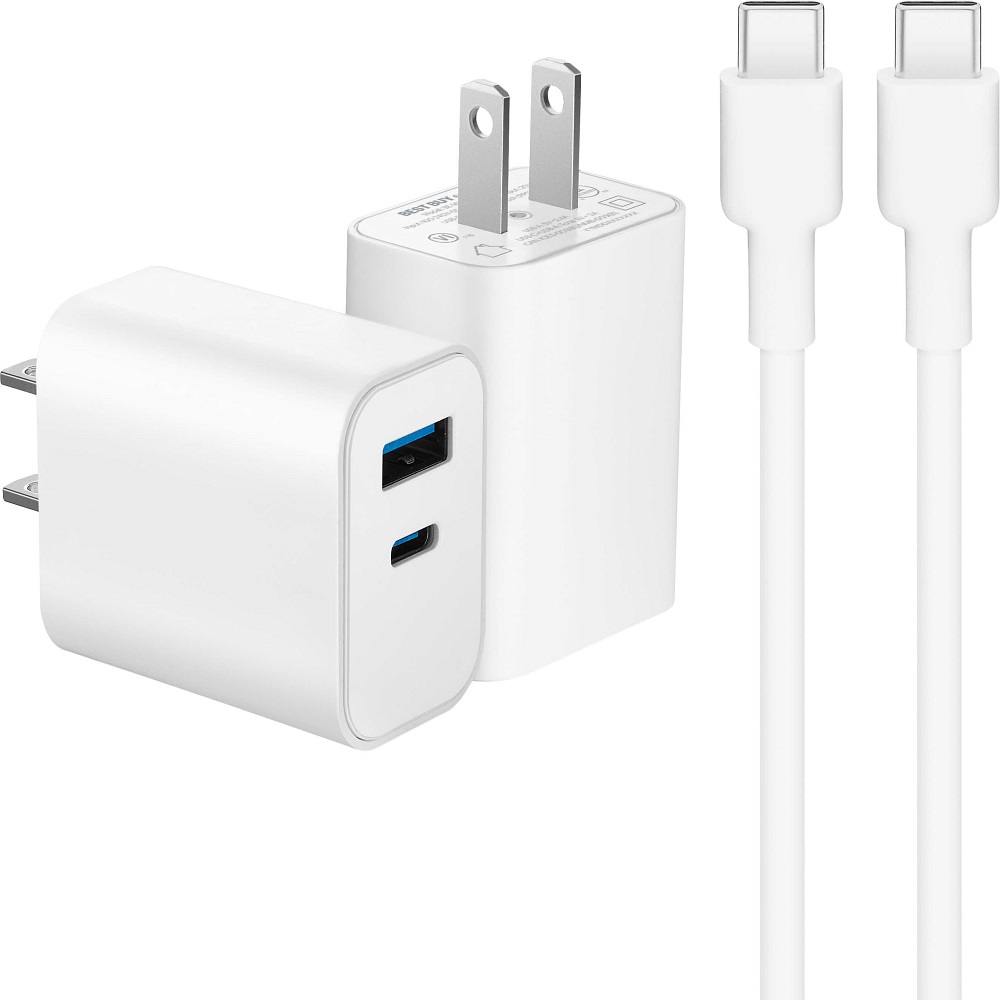
Tips for Safe Charging and Maintaining Device Battery Health
In the era of USB C chargers, safety and battery health are paramount. Here are some practical tips:
Use the Right Charger: Always use a charger that matches your device’s specs. A mismatch can harm your device.
Avoid Overcharging: Don’t leave devices plugged in longer than needed. Overcharging can degrade battery life over time.
Keep Cool: Ensure your device stays cool while charging. Excessive heat can damage batteries.
Update Software: Keep your device’s software up to date. Software updates can optimize battery charging.
Detach When Full: Unplug the charger once the battery is full. This prevents stressing the battery.
Inspect Cords Regularly: Check for damaged or frayed cords. They can be a safety hazard and affect charging.
Go for Quality: Use high-quality, certified USB C chargers. They ensure efficient and safe power delivery.
By following these tips, you’ll charge safely and extend your device’s battery life.
Conclusion: The Future of Charging with USB C
As we’ve explored, USB C chargers represent the present and future of device charging. With their ability to deliver power quickly and efficiently to a wide range of devices, they’re reshaping how we think about charging. From smartphones and laptops to gaming controllers and ultrabooks, the integration of USB C has streamlined our technological experience and reduced the need for multiple cables.
The adoption of USB C is a crucial step in creating a universal charging standard, greatly simplifying the process for consumers. As devices continue to evolve, we can expect USB C to become even more widespread. Manufacturers are likely to further embrace this technology, making it the default option for new electronics.
Besides convenience, USB C chargers with Power Delivery are pushing the boundaries of charging speeds. They have set a new standard for rapid charging, ensuring that devices can be used for longer periods with shorter charge times.
Moving forward, safety and battery health will remain important factors. Users should continue to use the correct chargers for their devices, and remain mindful of the tips provided to maintain battery longevity.
In conclusion, the era of USB C is just beginning. Its forward-thinking design and versatile capabilities make it the clear choice for the future of charging solutions. As consumers, embracing USB C means embracing a simpler, faster, and more efficient life with technology.
